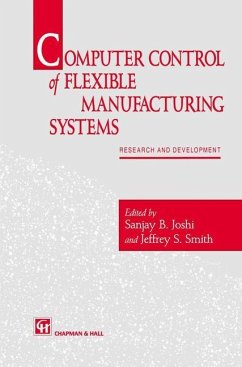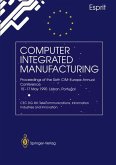With the approach of the 21st century, and the current trends in manufacturing, the role of computer-controlled flexible manufacturing an integral part in the success of manufacturing enterprises. will take Manufacturing environments are changing to small batch (with batch sizes diminishing to a quantity of one), larger product variety, produc tion on demand with low lead times, with the ability to be 'agile.' This is in stark contrast to conventional manufacturing which has relied on economies of scale, and where change is viewed as a disruption and is therefore detrimental to production. Computer integrated manufac turing (CIM) and flexible manufacturing practices are a key component in the transition from conventional manufacturing to the 'new' manu facturing environment. While the use of computers in manufacturing, from controlling indi vidual machines (NC, Robots, AGVs etc.) to controlling flexible manu facturing systems (FMS) has advanced the flexibility of manufacturing environments, it is still far from reaching its full potential in the environment of the future. Great strides have been made in individual technologies and control of FMS has been the subject of considerable research, but computerized shop floor control is not nearly as flexible or integrated as hyped in industrial and academic literature. In fact, the integrated systems have lagged far behind what could be achieved with existing technology.








